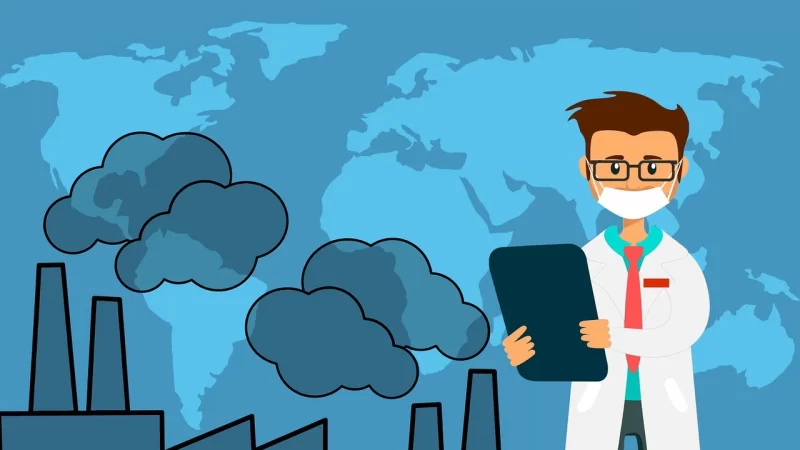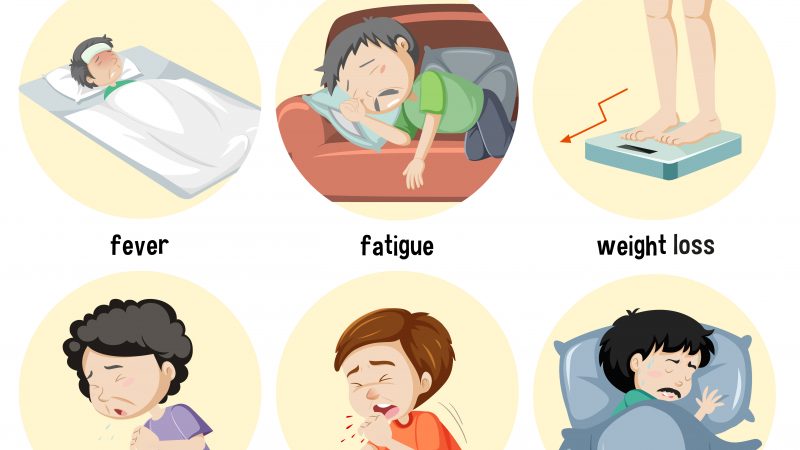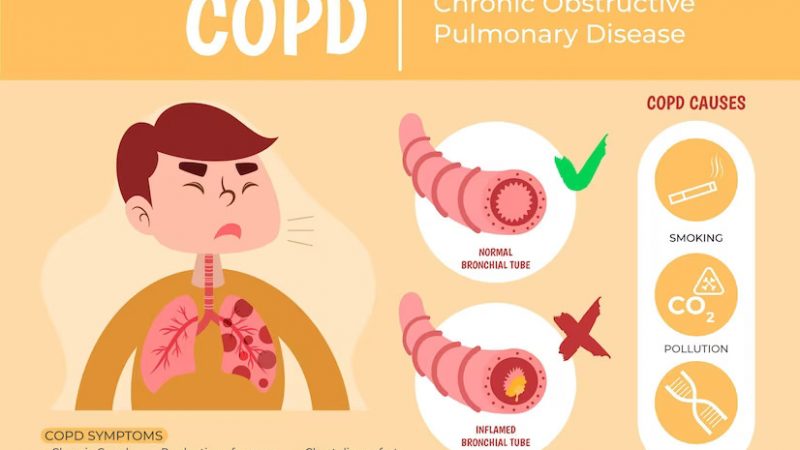What is a Bronchoscopy & When do Doctors Recommend It?

BRONCHOSCOPY
Bronchoscopy is a test that doctors use to inspect your airways. In this, the doctor threads an instrument known as a bronchoscope through the nose or mouth and down the throat to reach the lungs.
A bronchoscope has a light source and a camera at the end and is built of flexible fibre-optic material. Most bronchoscopes can get along with colour video enabling the doctor to document the findings.
Why does the doctor recommend a bronchoscopy?
A bronchoscope helps the doctor examine all the structures that constitute the respiratory. A system such as a larynx, trachea and the smaller airways of the lungs, bronchi and bronchioles. Doctors may use bronchoscopy to diagnose:
- Lung diseases
- Tumours
- Chronic cough
- Infection
Bronchoscopy may also be recommended if the chest X-ray or CT scan shows evidence of an infection, a collapsed lung or a tumour. This test is also used by doctors as a treatment tool.
For example, doctors may use bronchoscopy to clear the path of your airways by removing any object that is caught in them, such as a piece of food or to deliver medication to the lungs.
What are the preparations required for a bronchoscopy?
During a bronchoscopy, a local anaesthetic spray is applied to the nose and throat. A sedative may also be given to help you relax, making you drowsy but awake during the procedure. Oxygen is usually provided during a bronchoscopy. General anaesthesia is rarely used. Doctors may ask you to avoid eating or drinking for 6-12 hours before a bronchoscopy. You must consult a doctor if there is a need to stop taking:
- Aspirin (Bayer)
- Ibuprofen (Advil)
- Warfarin or any other blood thinners
You may seek help from someone to drive you home after the test.
What is the procedure for bronchoscopy?
The doctor will insert the bronchoscope into your nose after you are relaxed. The bronchoscope travels from the nose through your throat until it reaches the bronchi, the airways in your lungs.
For collecting tissue samples from your lungs, brushes or needles may be attached to the bronchoscope.
The samples collected may help the doctor in diagnosing any lung conditions that you may have. A process, known as bronchial washing, may also be used by doctors to collect cells.
In bronchial washing, a saline solution is sprayed over the surface of the airways. The washed-off cells from the surface are then collected and examined under a microscope.
Depending on the patient’s condition, the doctor may find one or more of the following:
- Blood
- Mucus
- Infection
- Swelling
- Blockage
- Tumour
A stent, which is a small tube, may be placed into the bronchi with the bronchoscope to keep your airways open if they are blocked. After the doctor has examined the lungs, the bronchoscope will be removed.
What are the types of imaging used in a bronchoscopy?
Detailed picture of the inside of the lungs may be achieved by advanced techniques and sometimes bronchoscopy is conducted by the help of these advanced forms of imaging which include:
- In virtual bronchoscopy, doctors use CT scans to visualize your airways in detail.
- In Endobronchial Ultrasound (EBUS), the doctor uses an ultrasound probe that is attached to a bronchoscope to visualize your airways.
- In fluorescence bronchoscopy, the doctor uses a fluorescent light that is attached to the bronchoscope to visualize the inside of the lungs.
What are the risks of a bronchoscopy?
Bronchoscopy is safe for most people but some of the possible risks involved in it are as follows:
- Bleeding especially if a biopsy is done
- Infection
- Troubled breathing
- A low blood oxygen level during the test
Doctors at Yashoda Hospital & Research Centre, Nehru Nagar, Ghaziabad always suggest you consult them in case you have any of the following symptoms after the bronchoscopy is done:
- Fever
- Coughing up blood
- Have trouble breathing
These symptoms may indicate complications, such as an infection, that may require medical attention. Heart attack and lung collapse are the rare but life-threatening risks of bronchoscopy.
A collapsed lung may be caused by a pneumothorax, or due to the escape of air into the lining of the lung that increases pressure on it.
This happens due to a puncture of the lung during the procedure of bronchoscopy and is more prevalent with rigid bronchoscopes than with a fibreoptic scope.
The doctor may use a chest tube to remove the collected air around your lung that may get collected during a bronchoscopy.
How much time does it take to recover from a bronchoscopy?
A bronchoscopy lasts about 30 minutes and is relatively quick. Doctors may ask you to rest in the hospital for a couple of hours because you will be sedated.
After you feel more awake and the numbness in your throat wears off, doctors may allow you to go. During recovery, doctors may monitor your breathing and blood pressure.
Until your throat is numb, you will not be able to eat or drink anything. This may take an hour or two. Your throat may also feel scratchy or sore for one or two days and you may be hoarse.
This is normal and does not remain for a long time; it gets cured without medication or any treatment.
Need to consult doctors or specialists for bronchoscopy in Delhi NCR?
The Centre for Chest & Respiratory Diseases at Yashoda Hospital & Research Centre, Nehru Nagar, Ghaziabad has doctors that are highly trained and well-experienced.
These doctors always give their best to ensure that you get all the care and support in the treatment. With advanced technology and updated machines, you get all facilities that you may require for the treatment.
Dr Mohan Bandhu Gupta is the senior consultant for chest & allergy at Yashoda Hospital & Research Centre, Nehru Nagar, Ghaziabad. With experience spanning over 2 decades in the medical field, he is recognized as one of the most reputed chest physicians in Delhi NCR.
Dr Neerav Tyagi has an experience of more than 29 years and is a Pulmonologist (Lung and Chest specialist) at Yashoda Hospital. He is highly skilled and has expertise in tuberculosis, asthma, bronchiectasis, and pneumonia. He is one of the pioneers in Ghaziabad to start bronchoscopy.
Dr Brijesh Prajapat is a Senior Consultant, Pulmonary & Critical Care Medicine at Yashoda Hospital & Research Centre with experience of more than 8 years. He is highly skilled with expertise in pulmonary medicine, sleep medicine and critical care medicine.
Consult these doctors and book an appointment now. Visit our official website :www.yashodahealthcare.com



